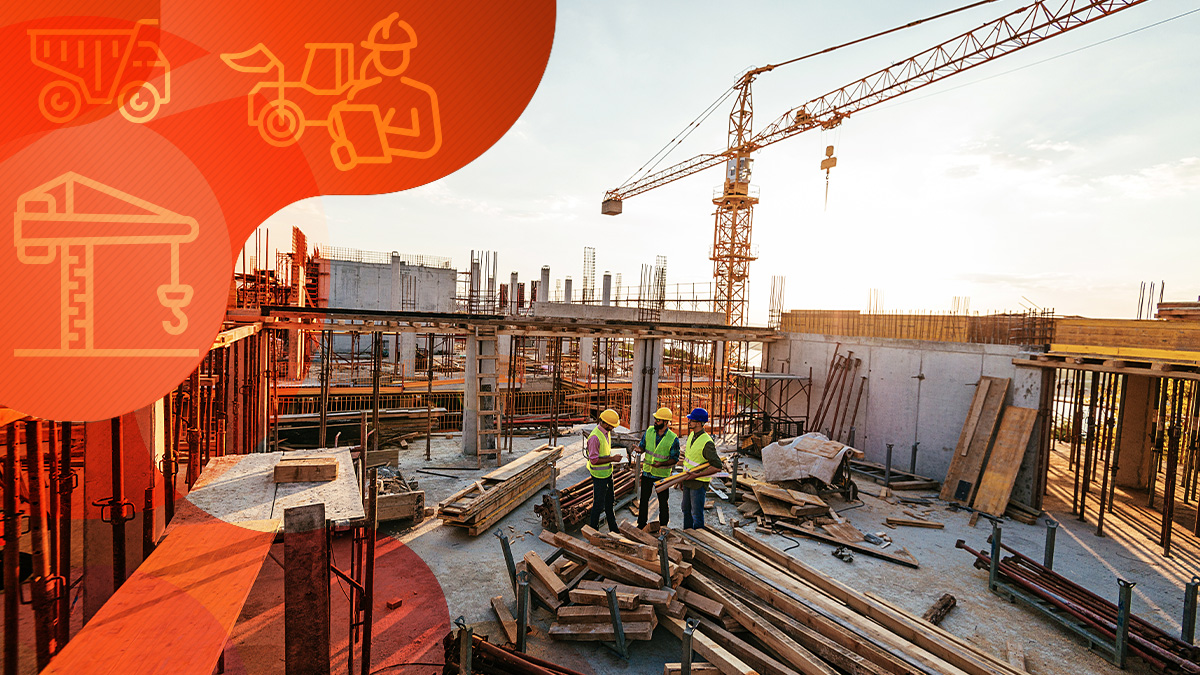Meeting OSHA Requirements For Construction Signs

Of the five most common workplace accidents, a construction site is an environment prone to all five. These include:
- Falls
- Injury by machinery
- Vehicle injury
- Fire and explosions
- Overexertion
So, unlike most workplaces, Occupational Safety and Health Administration (OSHA) signs at construction sites aren’t just helpful in preventing accidents, they’re required by law.


Everyone, even folks outside of the industry, is familiar with the signs displayed at the entrances and within construction sites. Each one has a color and message that represents a preventative measure to minimize liability and boost workplace safety.
But what if the message on the sign doesn’t make an impact? What if it’s not seen altogether? The consequences can be serious injury or even death.
Where to Place OSHA Safety Signs
It can be difficult trying to decide where to place safety signs. But it’s important to have the needed information in the right spot for both construction site safety and regulatory standards.
Thankfully, OSHA offers clear guidance for where and when to use safety signage under 29 CFR 1910.145(f)(3). But to save you a click, the standard points out that labels, tags, and signs:
“SHALL BE USED AS A MEANS TO PREVENT ACCIDENTAL INJURY OR ILLNESS TO EMPLOYEES WHO ARE EXPOSED TO HAZARDOUS OR POTENTIALLY HAZARDOUS CONDITIONS, EQUIPMENT OR OPERATIONS WHICH ARE OUT OF THE ORDINARY, UNEXPECTED OR NOT READILY APPARENT. TAGS SHALL BE USED UNTIL SUCH TIME AS THE IDENTIFIED HAZARD IS ELIMINATED OR THE HAZARDOUS OPERATION IS COMPLETED.”
Once you’ve determined that safety signage is necessary, 29 CFR 1910.145(f)(4)(vi) states that signs must be placed “as close and as safely as possible” to the nearby hazard.
Types of OSHA Safety Signs
The three main categories of OSHA Safety Signs are:


- Safety Instruction Signs: Used wherever general instruction and safety suggestions can help workers perform their tasks in the safest manner.
- Caution Signs: Posted to warn of potential hazards. They’re also used to caution against unsafe practices.
- Danger Signs: Placed where a hazard poses an immediate danger, and special precautions must be taken.
Within each category are OSHA signs specific to the construction site.
For example, admittance signs alert visitors to the dangers of entering a restricted area. Another example: general safety signs offer broad messages relating to things like sanitation, housekeeping, first aid, medical equipment, and suggested safety measures. And, of course, fire safety signage includes emergency exit routes or points out firefighting equipment.


The Most Effective OSHA Safety Sign
SONCO Perimeter Security offers a custom safety sign specific to your construction site. This is a single, large, vinyl sign guaranteed to meet OSHA requirements. That means a SONCO custom OSHA sign replaces multiple signs – and increases worker safety by being clearer, cleaner, and easier to understand. The result is easier storage and transport and decreased liability.
Contact SONCO today to speak with an industry expert committed to your job safety, compliance, and total satisfaction.
Trend now

Fence Privacy Screen: The Missed Revenue for Rental Companies
Grow profits by over 100% with fence privacy screens. See the numbers, customer benefits, and how SONCO makes it simple.

Greener Shows, Greater Impact: Sustainability in the Live Music Industry
In a competitive market where experience and perception impacts attendance, sustainability is a business advantage as well as a moral responsibility.

Parking Lot Safety Tips for Venues and Arenas
A safe and efficient parking lot sets the tone for the entire event experience, starting from the moment guests arrive.






